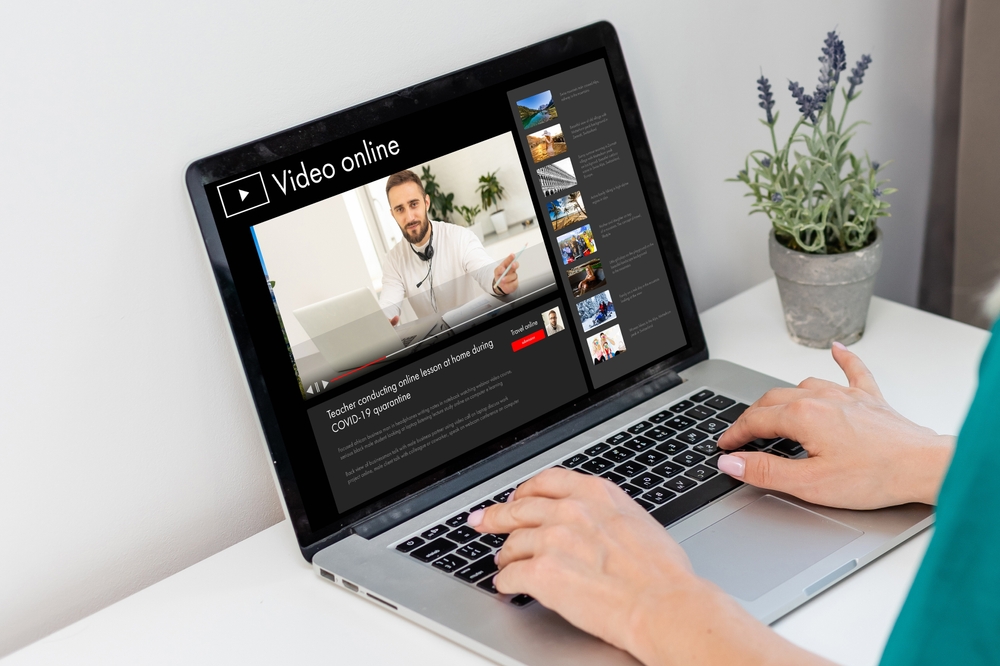
Crafting Your Blog’s Golden Ticket: The Ultimate Guide to Creating a Stellar Media Kit
As a blogger, you’ve poured your heart and soul into creating captivating content that resonates with your audience. Now it’s time to take your blog to the next level by attracting potential sponsors and collaborators. Enter the blog media kit – your golden ticket to showcasing your value and opening doors to exciting opportunities. In this comprehensive guide, we’ll walk you through the process of creating a media kit that will make brands sit up and take notice.

Understanding the Importance of a Blog Media Kit
A blog media kit is essentially your blog’s resume and marketing brochure rolled into one. It’s a powerful tool that can help you:
- Attract potential sponsors and brand partnerships
- Showcase your blog’s unique value and audience demographics
- Demonstrate your professionalism and commitment to your craft
- Set clear expectations for collaborations and sponsorships
According to a survey by Influence.co, 67% of brands consider media kits essential when choosing influencers to work with. This statistic alone highlights the importance of having a well-crafted media kit in your arsenal.
Essential Elements of a Winning Media Kit
To create a media kit that stands out, make sure to include these key components:
-
About You and Your Blog: Introduce yourself and your blog’s mission. Share your story and what makes your blog unique.
-
Audience Demographics: Provide detailed information about your readers, including age range, gender distribution, location, and interests.
-
Traffic Statistics: Include monthly page views, unique visitors, and time spent on site. Tools like Google Analytics can help you gather this data.
-
Social Media Presence: List your follower counts across different platforms and engagement rates.
-
Previous Collaborations: Showcase brands you’ve worked with and the success of those partnerships.
-
Testimonials: Include quotes from satisfied clients or readers to build credibility.
-
Services and Rates: Clearly outline what you offer and your pricing structure.
-
Contact Information: Make it easy for potential partners to reach you.
Designing Your Media Kit: Tips and Best Practices
Creating an visually appealing media kit is crucial for making a lasting impression. Here are some design tips to consider:
- Use a consistent color scheme that aligns with your blog’s branding
- Incorporate high-quality images, including a professional headshot
- Keep the layout clean and easy to navigate
- Use infographics to present data in a visually appealing way
- Ensure your media kit is mobile-friendly
Canva offers a variety of customizable media kit templates that can help you create a professional-looking design, even if you’re not a graphic designer.
Showcasing Your Blog’s Unique Value Proposition
What sets your blog apart from the competition? This is where you need to shine! Consider the following:
- Your niche expertise and any relevant qualifications
- Unique content formats or series you offer
- Your writing style and tone of voice
- Special features or resources available on your blog
- Awards or recognition you’ve received
Remember, brands are looking for authentic voices that align with their values. As Neil Patel suggests, “Your unique voice is your biggest asset. Don’t be afraid to let it shine in your media kit.”
Tools and Resources for Creating Your Media Kit
Whether you choose the DIY route or opt for professional design, here are some tools and resources to help you create your media kit:
- Canva: Offers free and paid templates for media kits
- Adobe Spark: User-friendly design tool with customizable templates
- Visme: Great for creating infographics and data visualizations
- Behance: Find inspiration from other bloggers’ media kits
- Fiverr: Hire affordable freelance designers for custom media kits
Remember, the key is to choose a tool that allows you to showcase your brand effectively while staying within your budget and skill level.
Real-Life Success Stories: Media Kits That Landed Big Collaborations
Let’s look at some bloggers who’ve used their media kits to secure impressive partnerships:
-
The Blonde Abroad: Travel blogger Kiersten Rich credits her detailed media kit for landing collaborations with major brands like GoPro and Toyota. Her kit showcases not just numbers, but the authentic experiences she creates for her audience.
-
Pinch of Yum: Food bloggers Lindsay and Bjork Ostrom’s media kit helped them secure partnerships with kitchen appliance brands. Their kit highlights their recipe development process and food photography skills.
-
The Financial Diet: Chelsea Fagan’s finance blog landed collaborations with American Express and Fidelity Investments, thanks to a media kit that clearly defined their millennial audience and unique approach to personal finance.
These success stories demonstrate the power of a well-crafted media kit in opening doors to exciting opportunities. As ProBlogger founder Darren Rowse notes, “Your media kit is often the first impression a brand has of your blog. Make it count!”
Frequently Asked Questions
1. How often should I update my blog media kit?
It’s a good practice to review and update your media kit every 3-6 months, or whenever you have significant changes in your blog’s performance or offerings. Keep your statistics current to maintain credibility with potential partners.
2. Should I include my rates in my media kit?
This is a personal choice. Some bloggers prefer to include a rate card, while others negotiate pricing on a case-by-case basis. If you do include rates, consider providing a range rather than fixed prices to allow for flexibility.
3. How many pages should my media kit be?
Aim for conciseness while including all essential information. Most effective media kits are between 2-5 pages. Remember, quality over quantity!
4. Can I have multiple versions of my media kit?
Absolutely! Having a short version (1-2 pages) and a more detailed version can be beneficial. You can send the short version for initial inquiries and the detailed version for serious prospects.
5. Is it necessary to hire a professional designer for my media kit?
While a professionally designed media kit can make a strong impression, it’s not absolutely necessary. With the right tools and attention to detail, you can create an impressive media kit yourself. The most important aspect is the content and how you present your value to potential partners.
In conclusion, creating a stellar blog media kit is an investment in your blog’s future. It’s your chance to make a powerful first impression and open doors to exciting collaborations. Remember, your media kit should evolve as your blog grows, so don’t be afraid to update and refine it regularly.
As you embark on this journey, keep in mind the words of content marketing expert Ann Handley: “Make the customer the hero of your story.” In this case, your potential partners are your customers. Show them how collaborating with you can help them achieve their goals, and you’ll be well on your way to blogging success.
Now, armed with this comprehensive guide, you’re ready to create a media kit that will make your blog shine. Happy creating!

Tool Web
Founder
There are times when the loudest truths lie within the quietest minutes. Amidst this mayhem, it is frequently small, overlooked aspects that speak out the most important lessons ever. Look out for these faint indicators since they could be all that you require for an important move in life.




